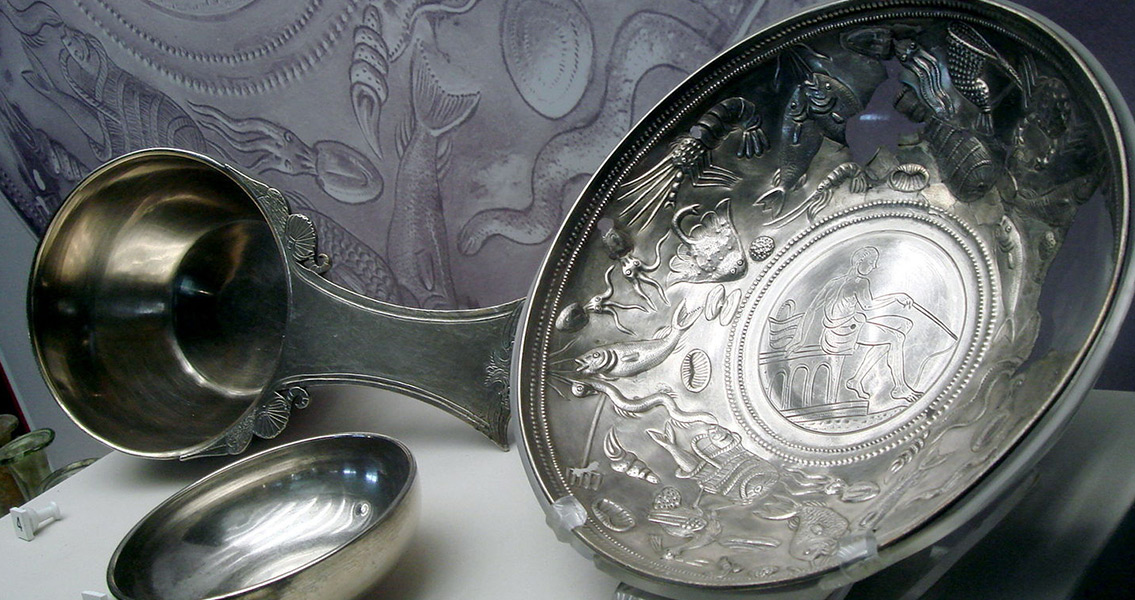<![CDATA[A beautiful glass dish could provide evidence for trade between Japan and the Roman Empire. Measuring nearly 15 centimetres in diameter, the flat, raised dish is understood to have been created in the second century CE at the very latest. Recent research conducted on the dish, unearthed from a burial mound in Kashihara, Nara Prefecture, found it had originated in the Roman Mediterranean. The dish was discovered in the Niizawa Senzuka cluster of ancient graces, a historic site with national significance for Japan. The specific mound the dark blue dish was found in dates back to the late fifth century CE. "The dish was likely produced around the Mediterranean Sea and then transferred to Sassanid Persia," said Yoshinari Abe, assistant professor of analytical chemistry at the Tokyo University of Science. "After it was painted there, the plate was probably taken to Japan." The Tokyo National Museum, the dish's owners, has designated the find as a nationally important cultural property. According to Abe's analysis, the chemical composition of the blue glass is almost identical to glasswork produced in the Roman Empire. By using a fluorescence X-ray device to analyse chemical elements in the dish, the silica and lime contents were found to closely resemble those found in glasswork produced in the Mediterranean area during Roman times, and in the subsequent Eastern Roman Empire. The tests also found antimony, a metallic element which went out of fashion in Rome in the second century. The dish, therefore, was created in the second century at the very latest, although it took many centuries before it finally arrived in Japan to be buried. Abe and his colleagues found that the composition of the bowl was also similar to glass fragments found in the remains of a palace in the ancient Persian capital of Ctesiphon. These findings suggest that the bowl was manufactured in the Roman Empire, but received its finishing touches in Persia. The dish is one of the first artefacts discovered that could provide evidence of international trade between East and West in the period of Antiquity. Takashi Taniichi, a professor at Sanyo Gakuen University, said that "because the glass dish may have been transported via Central Asia, it is no wonder that there was a time lag (between its production and arrival in Japan)." That trade between the Eastern and Western worlds has such a long history is a particularly important discovery. It means the Ancient world was rooted in international trade markets, with ideas and cultures meeting much earlier than previously thought. Abe's chemical analysis of the dish's materials provides clear evidence that Japan traded aggressively with other countries as early as the fifth century. His research results will be presented at a conference this weekend at the Tokyo University of Science. Image Copyright © G.dallorto ]]>
New Research Shows Japanese Traded With Roman Empire
